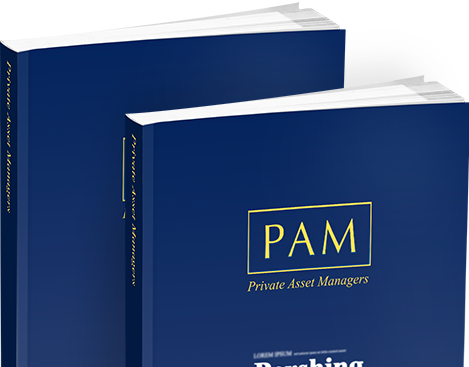Onshore life insurance policies can be a tax efficient vehicle for holding your investments. You can roll up income and capital gains free of tax until you cash in the policy. While you do not pay tax, the life company does pay tax of around 20 percent on the underlying investment. The tax is equivalent to the basic rate of tax and cannot be reclaimed. This basic rate of tax does vary according to the asset classes held within the portfolio, however.
Once you cash in the policy, the effective rate of gain is around 40 percent for additional rate taxpayers rather than 45 percent on investments outside an insurance policy. This is because the life office pays tax at a rate of 20 percent. You then pay 25 percent on the remaining assets. This means the remaining 80 percent of capital is subject to the 25 percent rate of tax. This leaves 60 percent of the original capital and provides a total tax bill of 40 percent.
While this is more attractive than the 45 percent rate outside an insurance policy, it is important to remember that you cannot benefit from your CGT allowance within an insurance bond. In the 2015-16 tax year, you can make gains of £11,100 before they are subject to CGT. For a married couple, this is £22,200. If you are actively trading your portfolio, it may be advisable to use an insurance bond. But if you are not actively trading, it may be preferable to invest in funds outside an insurance bond, to take advantage of your CGT allowance to reduce your tax bill.
If you switch investments between funds within an investment bond, this is free of CGT. It is possible to assign the policy to people who are not higher rate tax payers, so any investment gain can be taxed more favourably.
You can withdraw up to five percent of your original investment from an insurance policy each year, for up to 20 years, with no immediate tax charge. This income can be taken monthly, quarterly, every six months, or annually. If the annual five percent allowance is not used in one year, it can be carried forward, so you can take 10 percent the following year.
Any withdrawal above five percent is regarded as a gain, so it is added to your taxable income in the year in which the policy anniversary falls. For additional rate taxpayers, this is a 25 percent tax on the gain. There is no additional tax liability for basic rate taxpayers. Once you surrender these five percent withdrawals, they can catch up with you. It is not five percent tax free, but five percent tax deferred.
If you are prepared to invest regularly for the long term then you can take advantage of tax-free income and gains from a maximum investment plan. There is again a 20 percent tax charge within the policy. But if you make regular investments into a policy for 10 years every month or year, you can then make a lump sum withdrawal, or receive income free of tax. You can take money from the plan at any point after 10 years. One option is to take the five percent withdrawal from a life insurance policy and invest it in a maximum investment plan. While these maximum investment plans appear attractive, however, you should check the charges. Some are expensive.
The PAM Directory is a comprehensive guide on comparative data focusing on asset managers, investment managers, private banks, stockbrokers, wealth managers and multi-family offices, who provide discretionary and/or advisory portfolio management services for private clients.
Order Now
Subscribe to PAM to hear about the latest news and promotions
Site Content Copyright PAM Insight Ltd 2016
This option is not available when logged in as a Private Asset Manager.
For registering with PAMonline. You should now receive an email asking you to verify your email address. If you do not receive this email, please call +44 (0)207 967 1601 for assistance.
To reset your password please enter code below.
To restore your password please enter your email below.
To see full information of the Private Asset Managers, plus the opportunity to rate and follow, login or register
For registering with PAMonline.
You should now receive an email asking you to verify your email address.
If you do not receive this email, please call +44 (0)207 967 1601 for assistance.
To return to the Home page, click here
To see full information of the Private Asset Managers,
plus the opportunity to rate and follow, login or register.
Please fill in all the fields.
To activate your account enter valid activation code below.
To resend activation email type in your registered email address below. Or contact the PAM office on +44 (0)20 7967 1608 to get instructions to activate your account.
